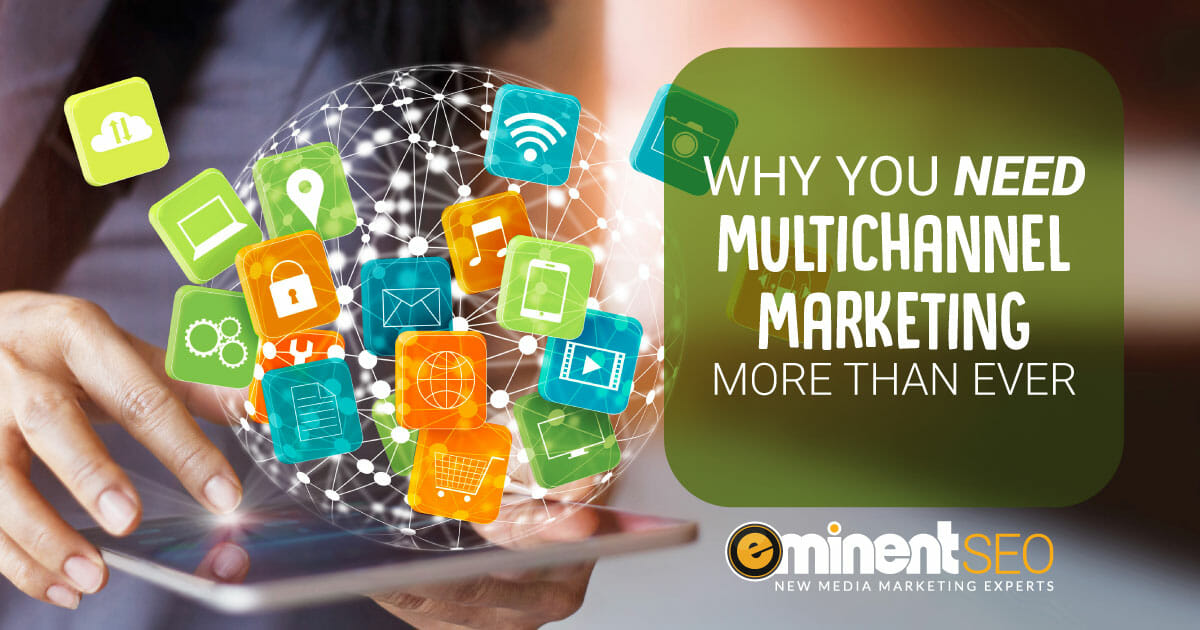
I know what you’re doing right now. If you’re reading this on a smart device, you’re either in the car or somewhere that has another media channel turned on. Radio, television, laptop, maybe your buddy’s phone.
So while you’re scrolling down this content, there are other media impressions close by, bombarding every fiber of your being, whether you like it or not.
According to statistics, we like it. A lot.
Today, All Consumers Have A.D.D.
In fact, media multitasking continues to drive media exposure up because it’s just how consumers spend their time. While older generations have modified their singular focus thought patterns to adjust to the new norm, those who only know digital media are naturally wired to divide their attention simultaneously.
Less Is NOT More
To align with consumers, marketing efforts need to maximize exposure and strengthen the impressions made through multiple channels of media communications. Multi-channel marketing reaches more people because the premise involves the use of multiple media distribution touch points that can include digital, direct mail, broadcast and physical stores that together are meant to expand the audience reach.
But multi-channel marketing has changed recently. It had to. Early multi-channel marketing often dropped the ball on consumers, forcing them to put two and two together.
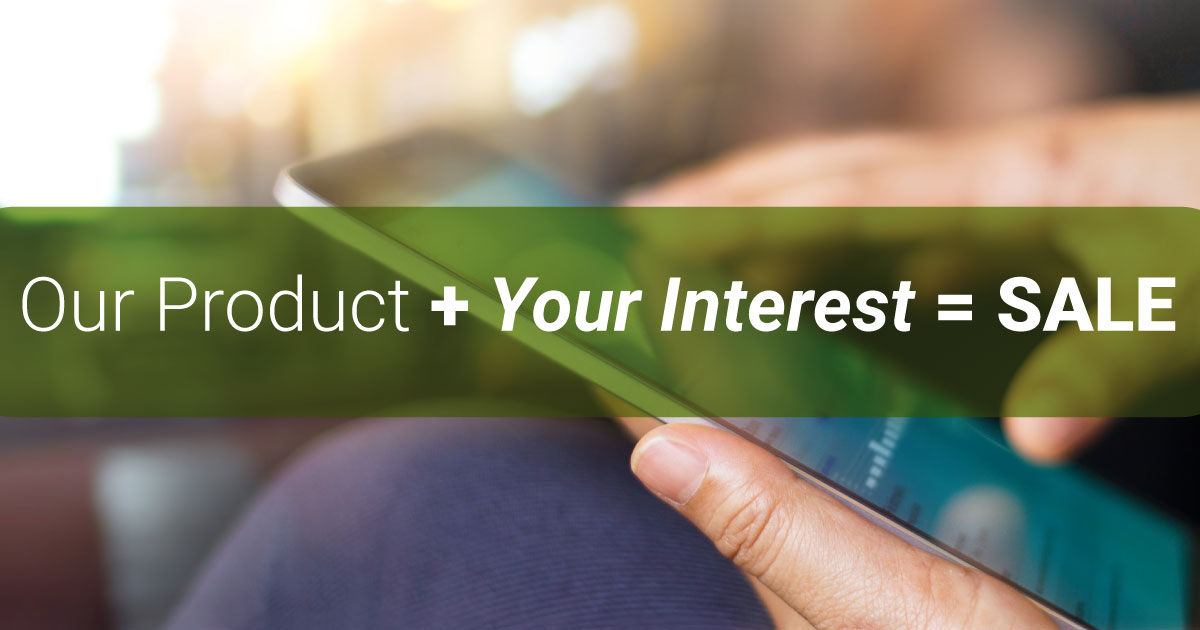
The buying life cycle is ever so longer, thanks to the digital space. The gaping hole that businesses need to address in their multi-channel marketing efforts was and remains the impetuous, demanding nature of customers and how best to get them to give a damn about your product.
Simply and silently your audience cries, “Convince me.” Hence, multi-channel retailing was born.
Why does the multi-channel marketing model fit now more than ever? It matches consumer expectations and behaviors.
No one wants to work more than they have to, especially online.
Multi-Channels Turn On Your Audience
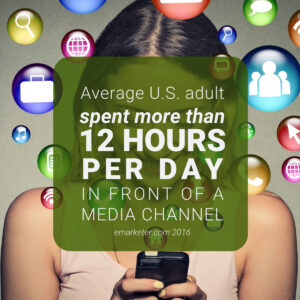
If it’s a social media ad or post, ask users to speak their mind or visit your latest and greatest upcoming event. If it’s an email, entice them with a special promotion or webinar – the dangling carrot – that can only be bitten by filling out contact information and/or a three-question survey first.
Make It Move in 3 Ways
Here’s how to connect with consumers through a multi-channel approach:
1. Keep It Pretty
Even though people are searching for quality content, what gets their attention are quippy headlines and killer design.
2. Keep It Real
People love the notion of getting what they want in real time, wherever THEY are. Mobile rules the multichannel mainstream. Google continues to strengthen a mobile-friendly ranking system that penalizes websites that aren’t mobile-optimized. Also, Google announced last October that it would further favor mobile search by splitting off desktop and mobile into separate search indexes, favoring mobile as the primary index.
3. Keep It Profitable
In the past, social media was all about getting people to see you, feel you, relate to you and build an ongoing connection. Your business’ social presence was to be nothing more than the resource ‘go-to’ – never to ask for the sale. But now, who has time to waste time?
Make your move as soon as possible by subliminally asking for the sale with a redirect to another channel that provides a shopping cart or a direct link to ecommerce. There’s a saying in sales, “If you don’t ask, you don’t get.” Facebook, Google/YouTube and Pinterest have already positioned themselves within the not-so-free market.
If You Aren’t Competitive, You Have No Business Being in Business
This multiple platform concept might seem too busy, let alone too expensive, for your marketing budget. On the contrary and here’s why.
If you don’t update your communication strategies to follow consumer behavior:
- Marketing campaigns will have minimal effect.
- Marketing effectiveness will equate to missed opportunities.
- Marketing reach and conversions that shoulda-woulda-coulda been yours will go to your competitors.
Multi-channel Marketing Can Actually Increase ROI by Cutting Costs
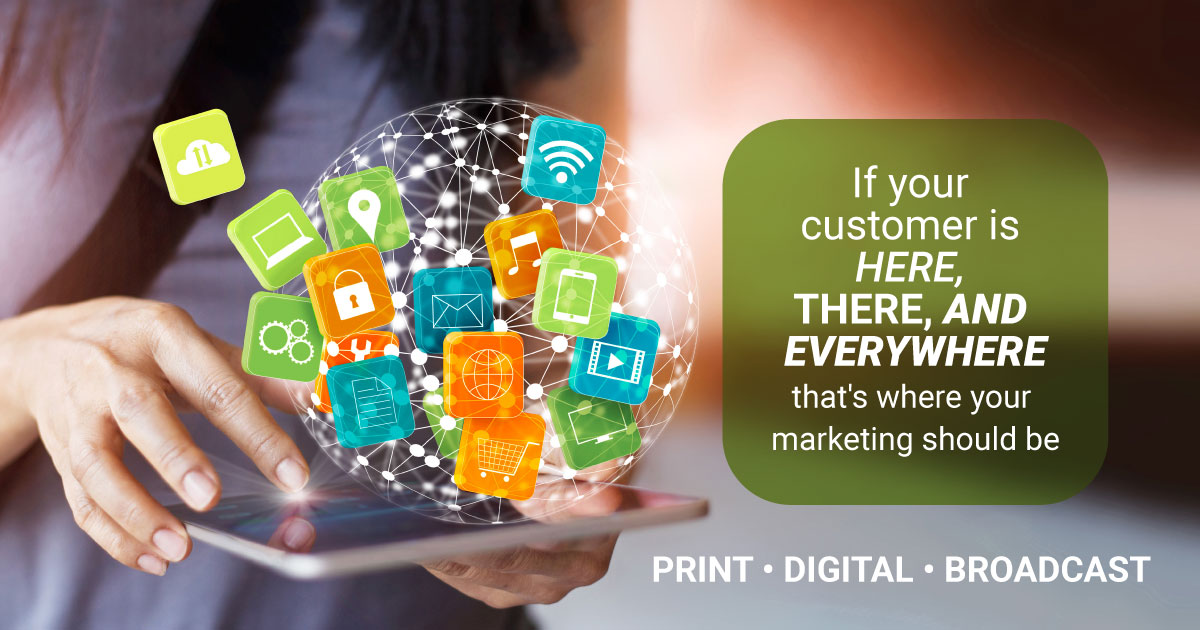
Remember, a consumer needs to be hit over the head by your message before it resonates and sticks. This happens with multiple touches. So why reinvent the creative wheel if you don’t have to?
Repurpose Your Content. Really. Just Hit Repeat.
To writers, designers and any creatives with artistic integrity at their core, the very term repurpose would make their innards recoil at the sound. To repurpose content was the lazy man’s (and woman’s) way to put out more marketing, with less than half the effort, often at the client’s full expense. A cheap shot? Well, yes.
But now with multichannel campaigns, repurposing breathes new life into existing ideas, with a simple twist of forethought.
How Many Impressions Does It Take to Get to the Center of Your Buyer?
Let’s get to the Tootsie Roll center of multichannel responsiveness: the sale. What exactly do marketers need to do to increase the likelihood of making the sale happen? Let’s find out.
Let’s take a step back in time when marketing was simpler. You can build on the complexities from there. Your multichannel creative and messaging should embrace the following in every medium used:
- Consistency wins, just do it
(clear, concise messaging) - Logistics and laughs matter
(geotargeting) - Push boundaries, it’s what people do
(the human factor)
Give some special attention to pay per click. Categorically, dollar for dollar, it’s the best marketing investment you can make as long as you know who your audience is and target them. Sometimes, you gotta pay to play.
So now that you know the markers needed to hit your audience effectively, don’t forget to make your campaigns memorable and shareworthy. You’ll get even more bang for your buck.
Solid Multi-channel Marketing Isn’t Random; It’s Native
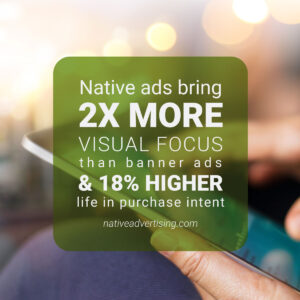
Marketing can be like that, but there are more approachable ways to speak to your buying audience.
Keep it native, because your audience won’t really know what hit them. Native ads are, in most cases, advertorial (remember that word?). The content is created to mirror the surrounding media.
If it is for a print placement, the native ad will be designed and written to mirror editorial. The same goes for online advertorial and video. And not so conversely speaking, television and film showcase native ads through cleverly orchestrated product placement.
Why do native ads work? They provide a seamless experience that meets customer expectations, providing the information they need through user-friendly outreach. Nothing over-the-top, just a natural progression of what’s already in front of them.
How Do You Know What’s Working?
Multi-channel marketing campaigns are like reconnaissance missions. They’re only as effective as the results they bring in. But if you’re not monitoring, tracking, managing and updating strategy and responsiveness, how would you know? You wouldn’t.
But that’s a whole different story. Literally. Find out how A/B tests disclose the truth in your marketing by reading my previous blog post.
When You Cross-Channel Your Multi Channels, It’s Marketing Nirvana

When you segment your consumer data, by demographics or psychographics for example, you can take your multichannel marketing campaigns and direct them, cross-channel them, to the individuals that would more likely respond to your specific messaging.
Or to turn it another way, take your audience-specific messaging, identify the cross-channels, and make that marketing campaign meet that audience face to face in the media channels they use most, but let’s take that one step further:
- Each media channel will either redirect them to another channel through a link or other prompt, or
- Each media channel ad works as a standalone but is strengthened if each channel crossed is part of the same cohesive campaign strategy.
- What do I mean in #2?
Here’s an easy, “old school” illustration of the concept. Note the images below in support of Greenpeace. (No, I’m not getting political.) The first page shows a lush, healthy tree. We know that Greenpeace is all about supporting the environment. Because their brand presence is so strong, the first image as a standalone ad tells their story.
So, as you’re looking through this magazine, you come across the first ad and you “get it.” Then…

Swap out the print ad concept, page to page, with multichannel marketing, and the various channels can serve similarly as multiple “pages” in a campaign.
Multi-channel Marketing Invigorates You and Your Customers
Reflect on your current marketing initiatives. Could they use a good swift kick in the nuts? So far as I can see, they just might be ready for a facelift.
Businesses truly represent our better half. For better and for worse, we’re married to them. That being said, you might as well give yours the attention it deserves. Through multi-channel marketing, you can.
Solidify your long-term marketing relationships with multichannel marketing: It’s more lucrative than divorcing yourself from success.



Hey Melanie Stern, I completely agree with the stuff you wrote. Thanks for sharing!
Yeah, I admire with you. Selling on multi-channel marketplaces is always a good decision for all entrepreneurs and very profitable. Because of the local famous online marketplace daily millions of users visit to buy and nowadays it’s very easy to manage & sell products across multiple online marketplaces with some best eCommerce inventory management Software.
Thank you, Harry. For us, we’re not exactly selling over multiple online channels, but the tips in this article can definitely help those who do eCommerce and need to jump into new marketplaces. Thanks for reading and for your input!
Yeah, I admire Melanie Stern for sharing the article. The tips written in the article are definitely a great source of information. As I am in the e-commerce market, I found it very informative as I can showcase my business into new marketplaces. Thanks a lot for the information.